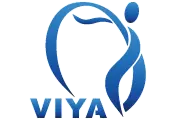Unlocking the Secrets of Cavitation Machines: A Comprehensive Guide to Body Contouring
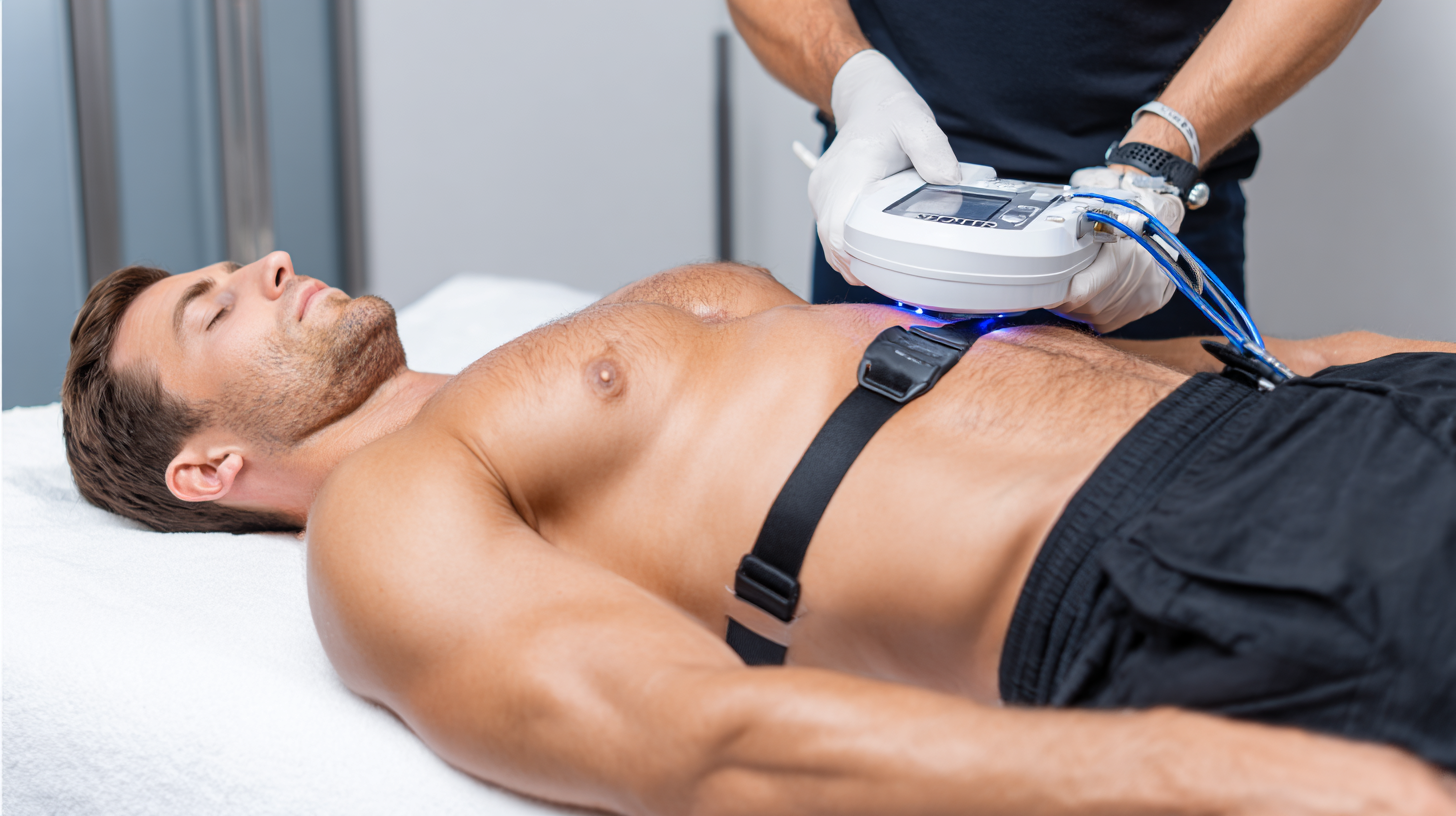 In recent years, the beauty and wellness industry has witnessed a surge in
non-invasive body contouring solutions, among which the
Cavitation Machine has emerged as a prominent technology. Utilizing
low-frequency ultrasound waves, these machines facilitate the breakdown of fat cells, making them a popular choice for
individuals seeking effective fat reduction without the need for surgical intervention. According to a report by
MarketsandMarkets, the global body contouring market is projected to grow from
USD 3.9 billion in 2020 to USD 8.1 billion by 2026, indicating a
compound annual growth rate (CAGR) of 13.05%. This growth is largely
fueled by an increasing consumer interest in
non-invasive aesthetic procedures, and the Cavitation Machine plays a pivotal
role in this landscape. As more practitioners and clients turn to this technology, understanding its mechanisms,
benefits, and applications becomes essential for
maximizing its effectiveness in body contouring.
In recent years, the beauty and wellness industry has witnessed a surge in
non-invasive body contouring solutions, among which the
Cavitation Machine has emerged as a prominent technology. Utilizing
low-frequency ultrasound waves, these machines facilitate the breakdown of fat cells, making them a popular choice for
individuals seeking effective fat reduction without the need for surgical intervention. According to a report by
MarketsandMarkets, the global body contouring market is projected to grow from
USD 3.9 billion in 2020 to USD 8.1 billion by 2026, indicating a
compound annual growth rate (CAGR) of 13.05%. This growth is largely
fueled by an increasing consumer interest in
non-invasive aesthetic procedures, and the Cavitation Machine plays a pivotal
role in this landscape. As more practitioners and clients turn to this technology, understanding its mechanisms,
benefits, and applications becomes essential for
maximizing its effectiveness in body contouring.
Understanding Cavitation: The Science Behind Body Contouring Techniques
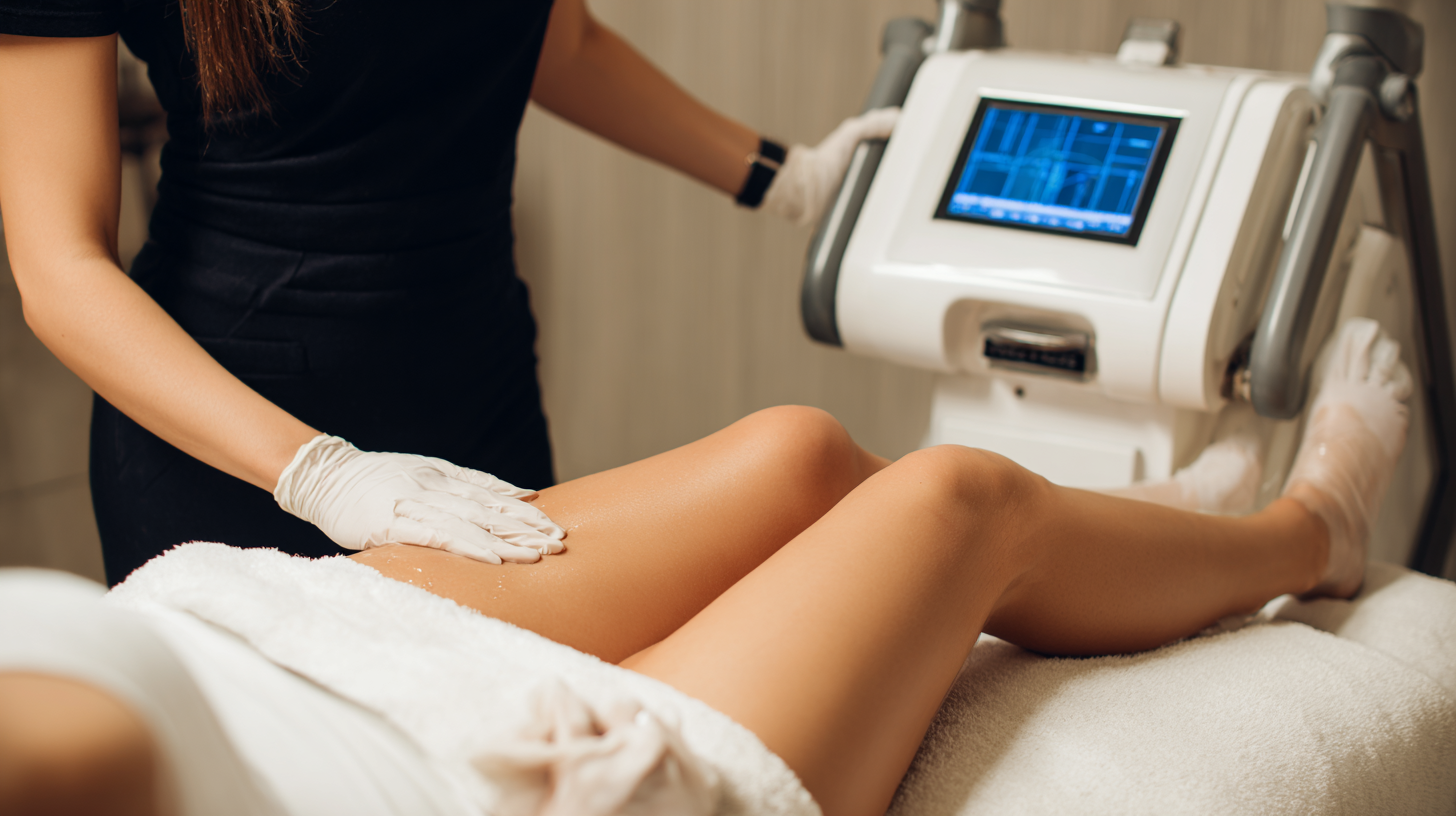 Ultrasonic cavitation has gained significant attention in the field of non-invasive body contouring due to its ability to effectively break down stubborn fat deposits. This technique works by utilizing low-frequency sound waves that create microscopic bubbles in the targeted areas of fat, generating a phenomenon known as cavitation. As these bubbles implode, they release energy, leading to the disruption of fat cell membranes, thereby facilitating fat removal through the body's natural metabolic processes. Recent studies have shown that ultrasonic cavitation can yield notable results in decreasing abdominal fat, making it a popular choice for individuals seeking non-surgical alternatives for body shaping.
Ultrasonic cavitation has gained significant attention in the field of non-invasive body contouring due to its ability to effectively break down stubborn fat deposits. This technique works by utilizing low-frequency sound waves that create microscopic bubbles in the targeted areas of fat, generating a phenomenon known as cavitation. As these bubbles implode, they release energy, leading to the disruption of fat cell membranes, thereby facilitating fat removal through the body's natural metabolic processes. Recent studies have shown that ultrasonic cavitation can yield notable results in decreasing abdominal fat, making it a popular choice for individuals seeking non-surgical alternatives for body shaping.
Cutting-edge technologies, such as the integration of machine learning, are being explored to enhance the outcomes of cavitation treatments. Research indicates that machine learning algorithms can improve the prediction of abdominal fat reduction, providing practitioners with data-driven insights to tailor treatments more effectively. Furthermore, advancements in imaging techniques, like neutron imaging, are facilitating a deeper understanding of cavitating flows, allowing for precise quantification and optimization of treatment parameters. These innovations not only pave the way for improved patient experiences but also help establish standards in the ever-evolving landscape of body contouring techniques.
Choosing the Right Cavitation Machine for Effective Results
When selecting a cavitation machine for body contouring, it’s crucial to assess the equipment's effectiveness and safety. Recent studies indicate that ultrasound cavitation machines can reduce localized fat deposits by up to 30% with a series of treatments, making them a popular choice for those seeking non-invasive body sculpting options. Look for machines that feature advanced technology, such as multiple frequency settings, to target stubborn fat and enhance skin tightening simultaneously.
Additionally, consider the vendor's reputation and customer reviews when choosing a provider. A professional body sculpting service should have qualified personnel and offer a consultation to tailor the treatment to individual needs. According to industry reports, choosing an experienced provider can significantly improve treatment outcomes, with satisfaction rates exceeding 85% for clients who receive personalized care. In Canberra, you can find reputable clinics that not only use high-quality cavitation machines but also incorporate complementary therapies, such as red light therapy, which promotes skin regeneration and supports overall results.
Preparation Steps Before Using a Cavitation Machine on Your Body
Before embarking on a body contouring journey using a cavitation machine, adequate preparation is crucial to maximize the benefits and ensure safety. First, it is advisable to consult with a licensed professional who can assess your individual needs and health conditions. According to industry reports, ultrasonic cavitation is gaining popularity as a noninvasive fat reduction option, with studies indicating that many users see a reduction in fat deposits after just a few sessions. This method utilizes low-frequency sound waves to target and break down fat cells, making it an attractive alternative to traditional liposuction.
Tip: Hydration plays a key role in preparing for treatment. Drinking plenty of water in the days leading up to your session helps facilitate the detoxification process and enhances the body's natural ability to eliminate the disrupted fat cells.
Additionally, consider adjusting your diet to include more antioxidant-rich foods. Research suggests that a diet high in fruits and vegetables can improve skin elasticity and overall body composition, potentially leading to better results from your cavitation treatment.
Tip: Scheduling a series of treatments may yield more significant results. Many experts recommend at least six sessions to achieve noticeable changes, with each session typically spaced a week apart to allow the body ample time to process the fat cells effectively.
Post-Treatment Care: Maximizing the Benefits of Cavitation Therapy
Post-treatment care is crucial for maximizing the benefits of cavitation therapy, a non-invasive body contouring method using ultrasound technology. After a session, patients are often advised to stay hydrated, as water helps flush out the fat cells that have been disrupted during the procedure. According to industry reports, maintaining adequate hydration can enhance the detoxification process and potentially improve outcomes by up to 30%. Additionally, it’s recommended to engage in light physical activity, such as walking, to stimulate lymphatic drainage, which further aids in the removal of fatty deposits.
Moreover, patients should be mindful of their diet post-treatment. Studies highlight that combining cavitation therapy with a balanced diet rich in antioxidants can enhance its efficacy. For instance, a diet high in vitamins C and E not only supports overall skin health but may also assist in the body’s recovery following treatment, potentially doubling the results seen after multiple sessions. Staying on track with these post-care practices can ensure that the effects of cavitation therapy yield optimal long-term results, transforming body contouring into a sustainable journey for many individuals.
Common Myths and Misconceptions about Cavitation Machines Explained
Cavitation machines have become a popular choice for body contouring, yet many myths surround their use. One common misconception is that cavitation is the same as liposuction. While both procedures aim to reduce fat, liposuction is an invasive surgical method requiring anesthesia and recovery time, whereas cavitation is a non-invasive treatment that uses ultrasonic waves to break down fat cells without damaging surrounding tissues.
Another prevalent myth is that cavitation machines guarantee immediate and dramatic weight loss. In reality, results vary from person to person, and while some may see noticeable changes after a few sessions, others might require multiple treatments to achieve their desired outcomes. Additionally, maintaining a healthy lifestyle that includes proper diet and exercise is essential for sustaining the effects of cavitation. By debunking these misconceptions, individuals can better understand how cavitation machines work and set realistic expectations for their body contouring journey.
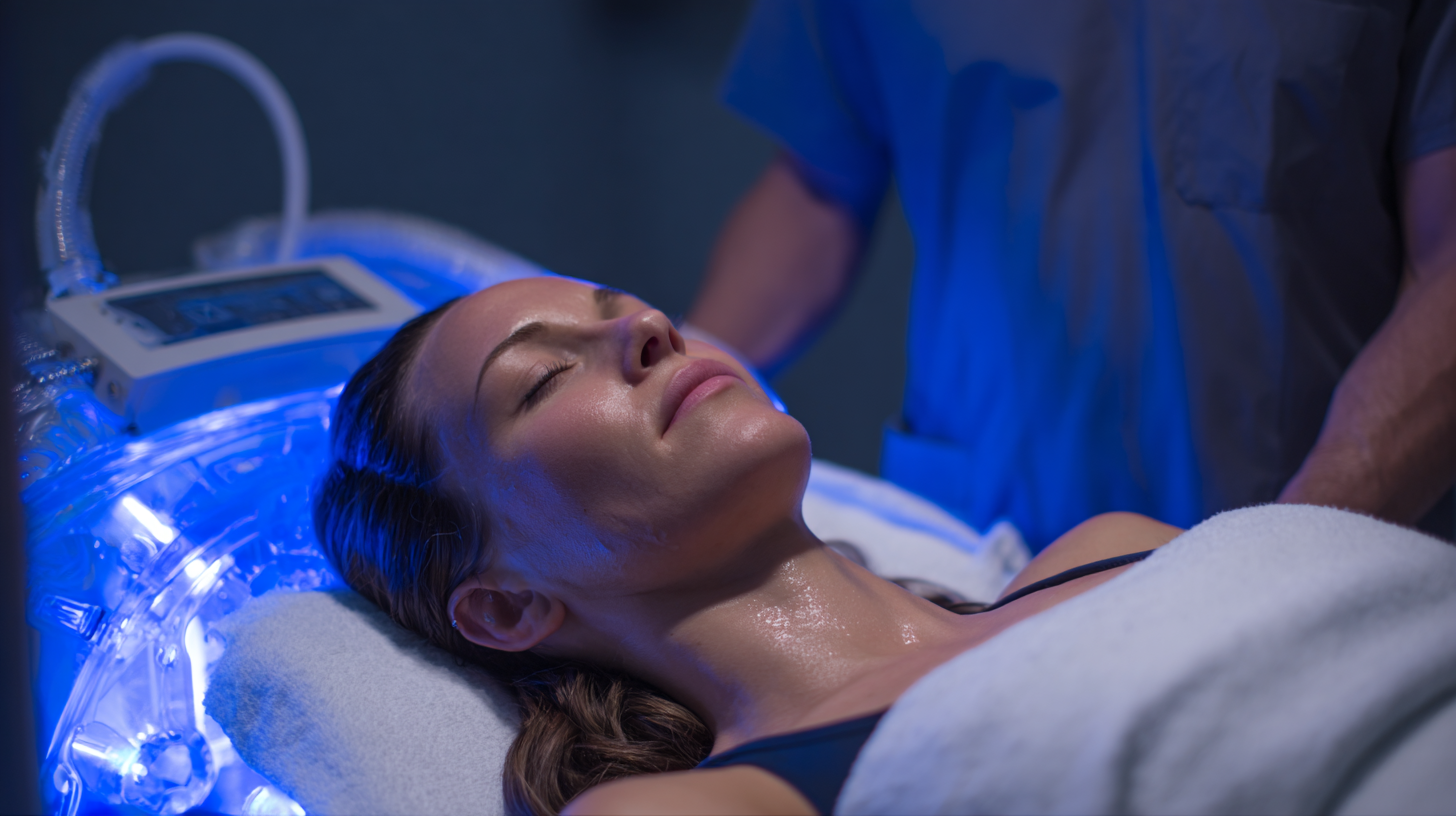
Related Posts
-

Ultimate Checklist for Choosing the Best Tattoo Removal Machine in 2023
-

Addressing Common Issues Encountered with Laser Hair Removal Machines
-
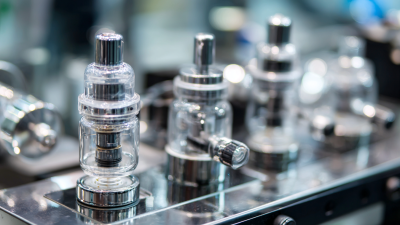
Ultimate Guide to the Best Microdermabrasion Machine Featuring 10 Essential Technical Specs
-

How to Choose the Right Laser Hair Removal Machine for Your Needs
-
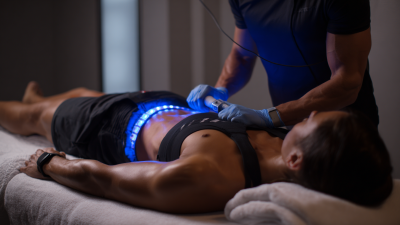
Unlocking the Science Behind Cavitation Machines Discovering Their Impact on Body Contouring and Fat Reduction
-
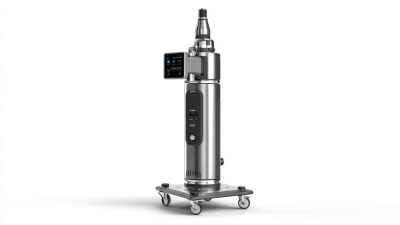
How to Effectively Choose a Laser Tattoo Removal Machine: Insights from Industry Experts and Statistics
